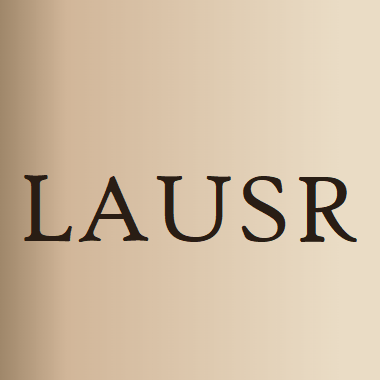
Background As whole-genome sequencing for pathogen genomes becomes increasingly popular, the typing methods of gene-by-gene comparison, such as core genome multilocus sequence typing (cgMLST) and whole-genome multilocus sequence typing (wgMLST),… Click to show full abstract
Background As whole-genome sequencing for pathogen genomes becomes increasingly popular, the typing methods of gene-by-gene comparison, such as core genome multilocus sequence typing (cgMLST) and whole-genome multilocus sequence typing (wgMLST), are being routinely implemented in molecular epidemiology. However, some intrinsic problems remain. For example, genomic sequences with varying read depths, read lengths, and assemblers influence the genome assemblies, introducing error or missing alleles into the generated allelic profiles. These errors and missing alleles might create “specious discrepancy” among closely related isolates, thus making accurate epidemiological interpretation challenging. In addition, the rapid growth of the cgMLST allelic profile database can cause problems related to storage and maintenance as well as long query search times. Methods We attempted to resolve these issues by decreasing the scheme size to reduce the occurrence of error and missing alleles, alleviate the storage burden, and improve the query search time. The challenge in this approach is maintaining the typing resolution when using fewer loci. We achieved this by using a popular artificial intelligence technique, XGBoost, coupled with Shapley additive explanations for feature selection. Finally, 370 loci from the original 1701 cgMLST loci of Listeria monocytogenes were selected. Results Although the size of the final scheme (LmScheme_370) was approximately 80% lower than that of the original cgMLST scheme, its discriminatory power, tested for 35 outbreaks, was concordant with that of the original cgMLST scheme. Although we used L. monocytogenes as a demonstration in this study, the approach can be applied to other schemes and pathogens. Our findings might help elucidate gene-by-gene–based epidemiology.
Journal Title: PLoS ONE
Year Published: 2021
Link to full text (if available)
Share on Social Media: Sign Up to like & get
recommendations!